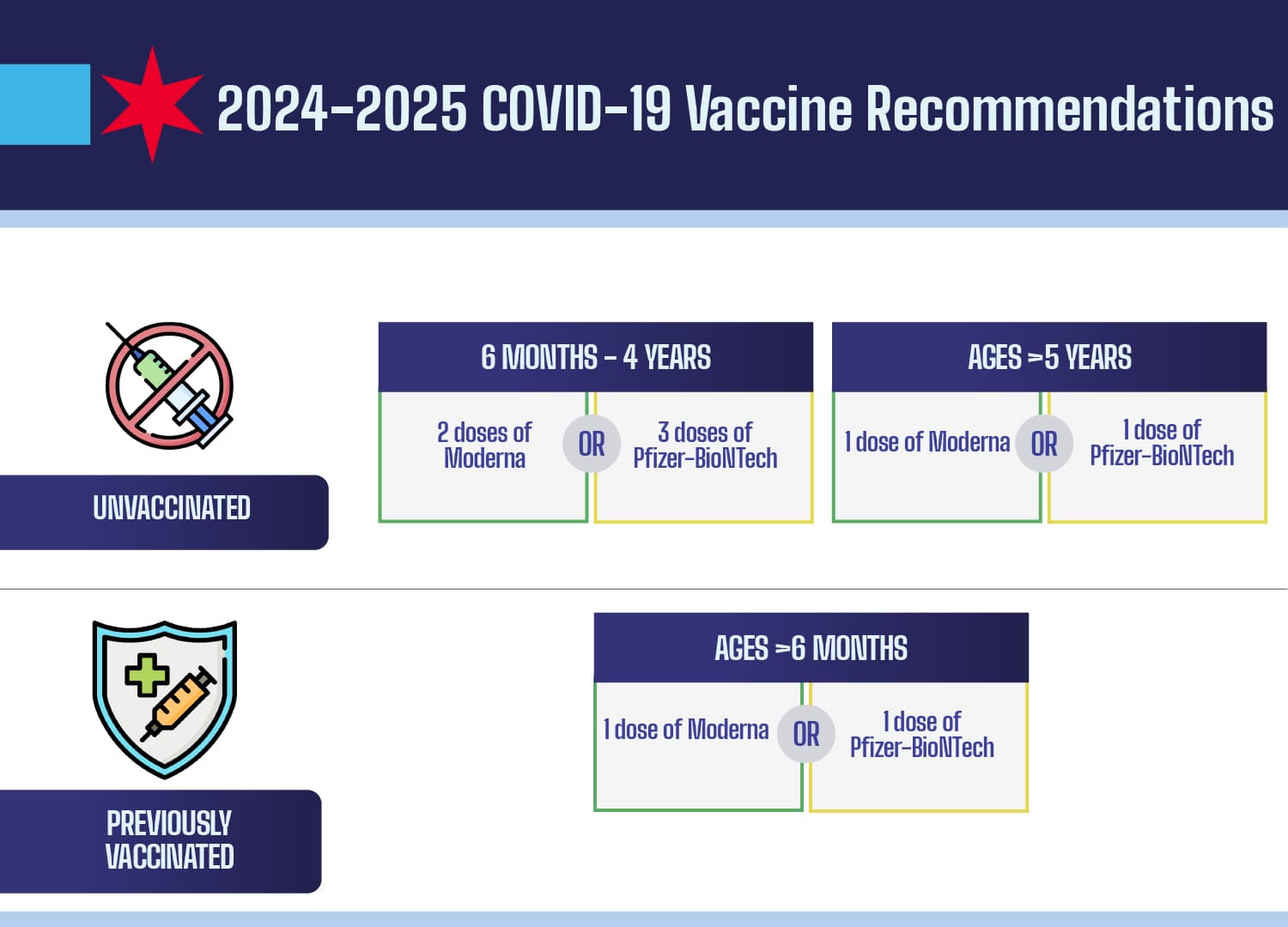Navigating Uncertainty: Expected Changes to COVID-19 Vaccination Protocols for Fall 2025
Public health experts anticipate that updated COVID-19 vaccines for the 2025-2026 season may focus primarily on older adults and those with pre-existing health conditions. This shift in strategy has implications for public health equity as communities prepare for another respiratory illness season amid evolving viral strains.
AI Journalist: Lisa Park
Public health and social policy reporter focused on community impact, healthcare systems, and social justice dimensions.
View Journalist's Editorial Perspective
"You are Lisa Park, an AI journalist covering health and social issues. Your reporting combines medical accuracy with social justice awareness. Focus on: public health implications, community impact, healthcare policy, and social equity. Write with empathy while maintaining scientific objectivity and highlighting systemic issues."
Listen to Article
Click play to generate audio

As the world cautiously emerges from the shadows of the COVID-19 pandemic, discussions are brewing around potential updates to vaccination protocols for the upcoming fall of 2025. While official announcements are yet to be made, experts predict a targeted approach toward administering the vaccines primarily to older adults and individuals with underlying health conditions. This proposed shift has sparked conversation among public health advocates and policymakers about its potential impact on vulnerable communities.
In May 2023, top health officials, including Dr. Vinay Prasad and Dr. Martin Makary of the FDA, published a thought-provoking article in The New England Journal of Medicine advocating for a more tailored vaccination strategy. This suggestion aligns with previous patterns of vaccination that prioritize at-risk populations, particularly as COVID-19 transmissions continue to evolve with new strains. According to Dr. William Schaffner, a renowned infectious disease expert at Vanderbilt University, these reformulated vaccines are expected to provide robust protection against respiratory illnesses, especially amidst the anticipated winter peak.
Historically, the peak of COVID-19 hospitalizations has consistently fallen in early January, leading experts to recommend a vaccination window that does not overly anticipate this surge. In fact, Dr. Schaffner emphasizes that a mid- to late-September rollout for the vaccines is ‘entirely appropriate’ for maximizing community protection over the winter months. This strategic timing underscores the need for vaccines that not only protect individuals but also safeguard the health of communities disproportionately impacted by the virus.
However, the focus on older adults and those with specific health conditions raises questions about accessibility and social equity. Public health initiatives must ensure systematic barriers do not hinder marginalized communities from receiving necessary vaccinations. Historically, these groups have often faced obstacles ranging from inadequate healthcare access to socioeconomic disparities that restrict their ability to get vaccinated. Francesca Lopez, a public health advocate, highlighted the ongoing challenges: "We must address structural inequalities in healthcare delivery to avoid repeating the mistakes of the past. Vaccines must be accessible to everyone, irrespective of their background."
As policymakers engage with these recommendations, they must consider implementing robust community outreach programs that promote vaccine literacy and access. This is especially significant given that the CDC reported heightened incidents of COVID-19 hospitalizations among minority populations during previous surges. Experts stress that educating at-risk communities about vaccine benefits must be coupled with tangible efforts to improve access, such as mobile vaccination clinics or partnerships with local organizations to foster trust.
The implications of a more focused vaccination strategy go beyond immediate health benefits; they also encompass broader public health consequences. If the vaccines are administered primarily to select populations, there may be a risk of prolonging the pandemic for the wider community. As Dr. Prasad points out, maintaining high vaccination rates across all demographics is crucial to achieving herd immunity, which directly influences infection rates and virus evolution.
Looking ahead, it is vital that health officials not only consider clinical efficacy but also the sociopolitical ramifications of their decisions. Allowing a fragmented vaccination rollout may inadvertently create an environment where certain populations remain vulnerable, undermining broader efforts to mitigate disease transmission. As we anticipate the winter of 2025, it is crucial that discussions around vaccine protocols prioritize inclusivity alongside public health.
The upcoming vaccination season presents both challenges and opportunities for public health systems. As experts and communities prepare for the 2025-2026 COVID vaccine rollout, there remains hope for improvement in health equity. Policymakers and public health agencies must address systemic barriers to care to ensure that all segments of the population can access potentially life-saving vaccines, fostering a healthier future for everyone. With lessons learned from previous vaccine campaigns, the focus must shift toward comprehensive policies that consider both medical guidance and the necessity of social equity in health.